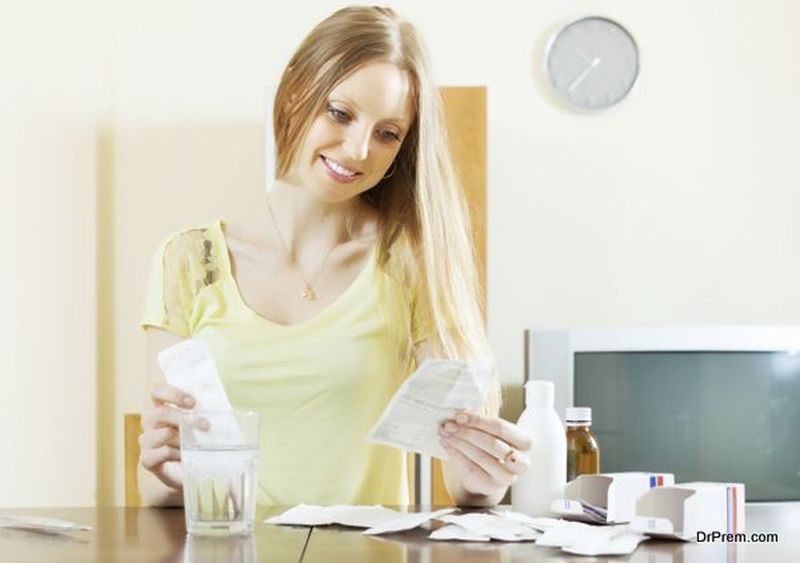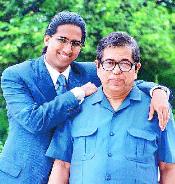Those who take medications regularly can bear out the dull, forgetful nuances of preparation. There’s a weekly routine of lining up bottles and placing meds into their daily containers one-by-one. It’s something you do on autopilot. Yet, we tend to make mistakes because it’s so dull.
Accordingly, the cases of accidental poisonings from mixing up prescriptions have jumped 78% over the past decade.
Dangers of Accidental Mixing
Our medical professionals have it in their best interest to see us well and in good spirits. Yet, sometimes mistakes are made on their end (overlapping prescriptions) or on ours (accidentally mixing meds). Plus, there’s always a chance the pharmacist could make a mistake when filling.
Interactions with medications that shouldn’t have been combined or accidentally doubled-up can cause a slew of problems for the individual, some of which include overdose, ineffectiveness, and immune system suppression.
These accidents send over 400,000 people to the hospital each year. Almost all of these incidents are preventable if we take greater attention and care through the process.
How to Avoid Accidental Mixing
Avoiding this potentially deadly mistake requires effort on your part.
- Awareness
The first being the awareness of the medications you are taking. This awareness is developed by talking with your medical practitioner about the interactions these prescriptions may have with other drugs you are currently taking.
It will also include talking with the pharmacist to answer any questions you may have about the effects as well as verifying they are were filled correctly.
- Systemization
The 2nd, systemization, is where you create a process of lining up meds so there’s less a chance of overlap. This is done by filling your container one at a time, setting the bottle aside, and recounting the medication for each compartment.
It’s also a good time to use a pill identifier in the event you drop or are unsure of the medication if it did not come directly from the bottle.
- Routine
The 3rd part of the process is to make a routine of when you are taking medications. Taking medications at the same time will ensure their effectiveness while preventing overlap which could cause accidental poisoning and overdose.
If you are having trouble with the timing, talk to your doctor about better options. Otherwise, write down the schedule and keep it stuck to the fridge.
- Discard
Finally, discard old prescriptions to a local pharmacy for appropriate processing. Double down on your efforts to comply with the routine. This will also help to prevent the temptation of taking double dosages or using outdated, ineffective meds.
Finding Better Alternatives
Perhaps it’s time to reassess your relationship with prescriptions. This is by no means a suggestion to avoid what your medical practitioner recommends. Yet, do realize there are alternatives to pain and common ailments that do not require heavy, harsh prescriptions.
Such actions that could make significant improvements include herbal allies, mobility helpers, tolerance exercises, and psychological support.
These actions may eliminate your dependency on using prescription drugs or at least reduce them to a manageable level. Doing so will prevent overlapping and less hassle with having to do the weekly routine of planning the medications (and potentially creating risks).
What are your suggestions for reducing the chance of accidental poisoning from prescriptions?
Article Submitted By Community Writer







